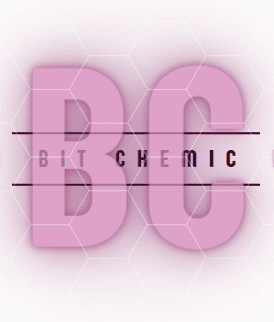Methaqualone is a hypnotic sedative. It was sold under the brand names Quaalude (/ˈkweɪluːd/ KWAY-lood) and Sopor among others, which contained 300 mg of methaqualone, and sold as a combination drug under the brand name Mandrax, which contained 250 mg methaqualone and 25 mg diphenhydramine within the same tablet, mostly in Europe. Commercial production of methaqualone was halted in the mid-1980s due to widespread abuse and addictiveness. It is a member of the quinazolinone class.
The sedative–hypnotic activity of methaqualone was first noted in 1955. In 1962, methaqualone was patented in the United States by Wallace and Tiernan. Its use peaked in the early 1970s for the treatment of insomnia, and as a sedative and muscle relaxant.
Methaqualone became increasingly popular as a recreational drug and club drug in the late 1960s and 1970s, known variously as “ludes” or “disco biscuits” due to its widespread use during the popularity of disco in the 1970s, or “sopers” (also “soaps”) in the United States and Canada, and “mandrakes” and “mandies” in the United Kingdom, Australia and New Zealand. The substance was sold both as a free base and as a salt (hydrochloride).
Methaqualone is a sedative that increases the activity of the GABA receptors in the brain and nervous system, similarly to benzodiazepines and barbiturates. When GABA activity is increased, blood pressure drops and breathing and pulse rates slow, leading to a state of deep relaxation. These properties explain why methaqualone was originally mainly prescribed for insomnia.





Charles –
It’s a really great experience and everyone on the site are so nice when you need help with something.
KingFFrank –
Fantastic service from start to finish, we had plenty of questions and all answered promptly and in detail